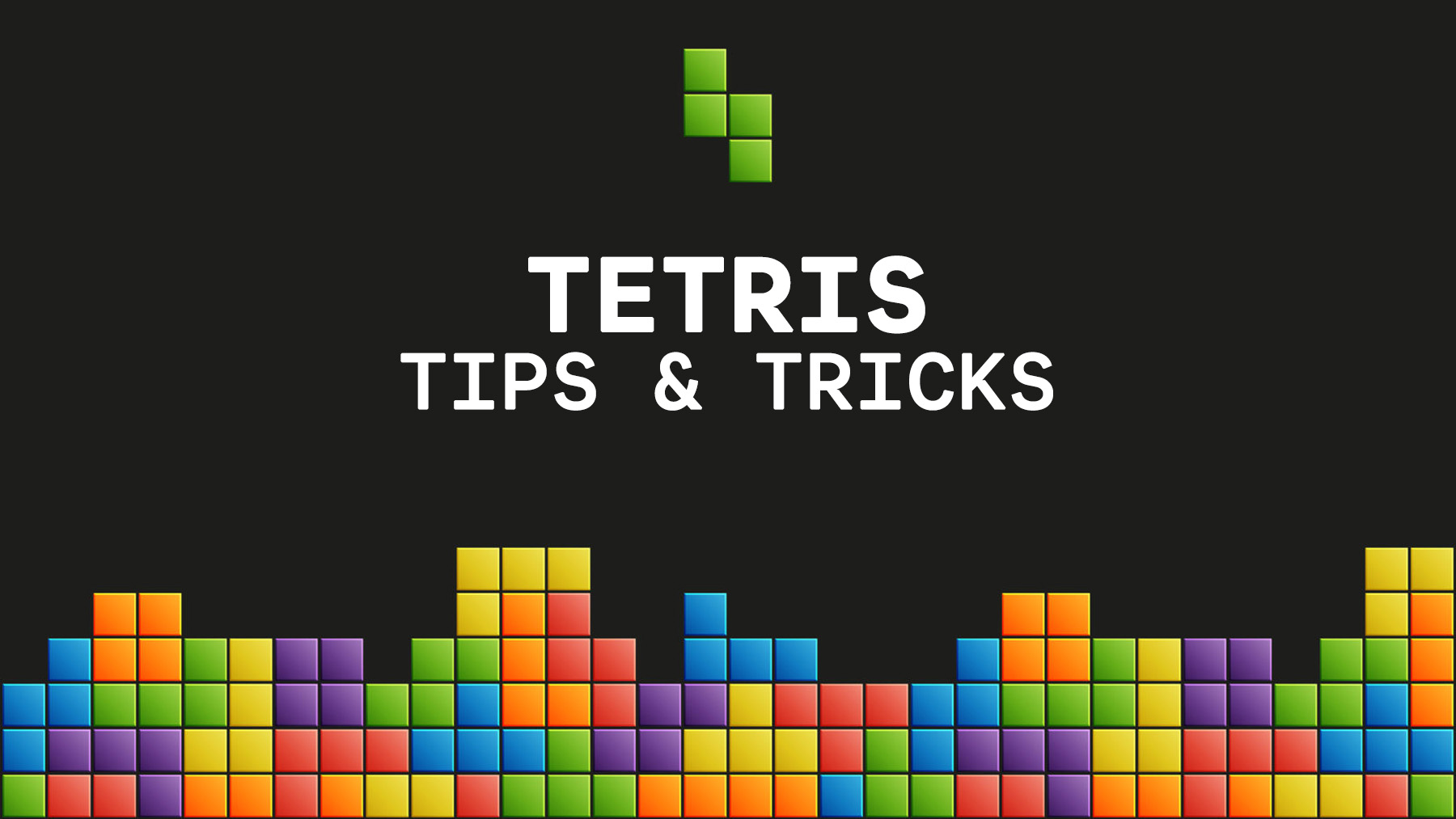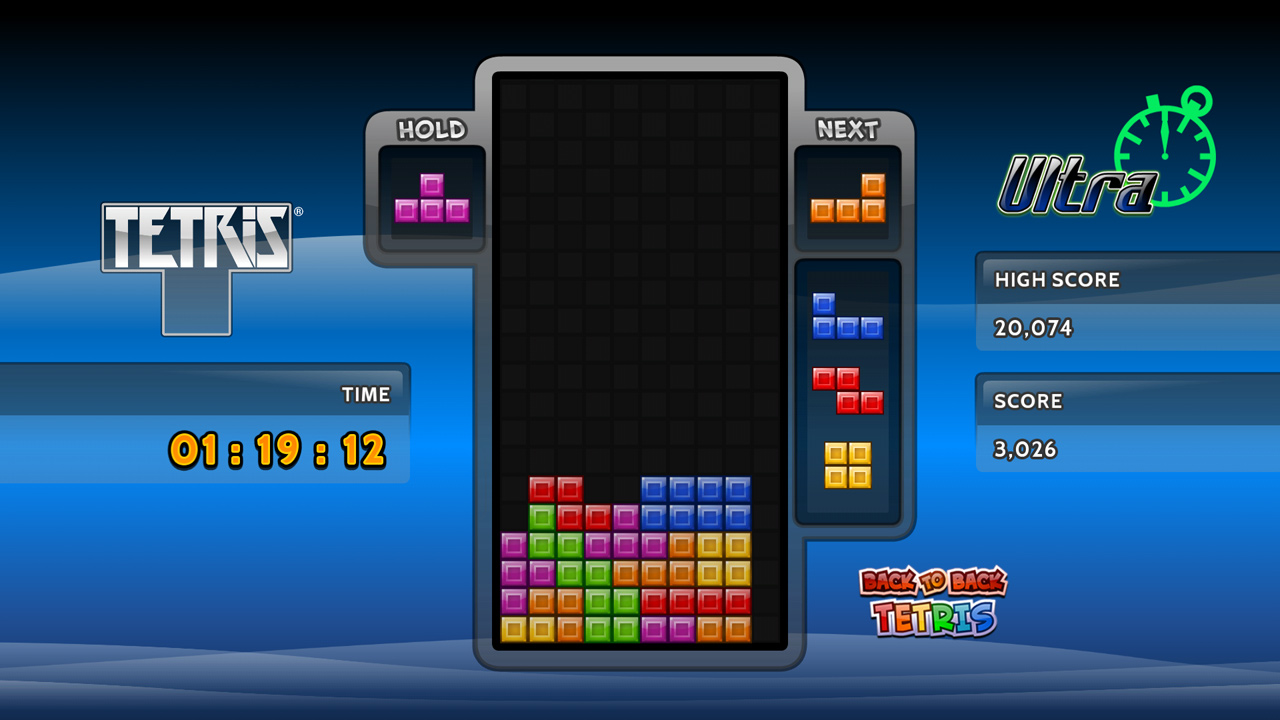In the annals of video game history, few titles have achieved the level of iconic status that Tetris has. Originally developed by Russian software engineer Alexey Pajitnov in 1984, the game has evolved significantly over the decades. However, its simplest and most revered incarnation remains the Game Boy version, released in 1989. This article explores the lasting impact of Tetris, focusing on the Game Boy version and why it continues to captivate players around the world.
The Birth of Tetris: A Cultural Phenomenon

Tetris was born during a time of technological innovation in the Soviet Union. Pajitnov designed the game as a way to test the capabilities of the Elektronika 60, a Soviet computer. The game quickly gained popularity, evolving from a simple computer program into a worldwide sensation.
- Early Adoption: Tetris was one of the first games to cross the Iron Curtain, making its way to arcade cabinets and home computers in the West.
- Game Boy Release: The 1989 release of Tetris on the Nintendo Game Boy marked a pivotal moment in gaming, serving as a launch title for the handheld console.
The combination of Tetris and the Game Boy created a perfect storm, leading to the game selling over 30 million copies worldwide just on this platform alone. It became synonymous with portable gaming, laying the foundation for future mobile games.
The Allure of Simplicity

One of the key reasons Tetris has remained popular is its simplicity. The game involves rotating and placing falling tetrominoes to create complete lines, which then disappear. This straightforward gameplay is accessible to players of all ages.
- Easy to Learn: New players can quickly grasp the mechanics, making it a family-friendly game.
- Challenging to Master: As players advance, the speed increases, adding layers of complexity and requiring quick thinking and strategy.
This blend of simplicity and depth allows Tetris to appeal to casual gamers and competitive players alike. The game has been studied in various contexts, revealing its capacity to improve cognitive skills, such as spatial awareness and problem-solving abilities.
Psychological Impact: The Tetris Effect
The enduring legacy of Tetris is not solely tied to its gameplay; it also has a profound psychological impact on players. The “Tetris Effect” refers to the phenomenon where players begin to see Tetris shapes in real life, even after they’ve stopped playing.
- Visual Memory: Players often report dreaming about Tetris or visualizing tetrominoes while doing mundane tasks.
- Cognitive Benefits: Research suggests that playing Tetris can increase brain efficiency and improve mental agility.
Studies have shown that playing Tetris can even help in reducing symptoms of PTSD by providing a distraction and a form of cognitive engagement. This psychological impact has contributed to the game’s legacy, as it transcends mere entertainment and enters the realm of cognitive science.
Community and Competition: The Multiplayer Aspect

While the Game Boy version of Tetris is primarily a single-player experience, it also laid the groundwork for competitive play. The rise of esports and competitive gaming can trace its roots back to the early Tetris tournaments.
- World Championships: The first official Tetris World Championship was held in 1990, showcasing the game’s competitive potential.
- Creating a Community: Tetris has fostered a global community of players who share tips, strategies, and even fan art.
The multiplayer versions of Tetris that followed—such as Tetris 99—have revitalized interest in the game, demonstrating its adaptability and ongoing relevance in modern gaming culture.
The Game Boy Version: Nostalgia and Accessibility
The Game Boy version of Tetris is often regarded as the definitive iteration of the game. Its pixelated graphics, catchy music, and addictive gameplay evoke a sense of nostalgia among those who played it during their formative years. But beyond nostalgia, several factors contribute to its lasting appeal:
- Portability: The Game Boy’s compact design made it easy to carry, allowing players to enjoy Tetris on the go.
- Battery Life: The Game Boy’s long battery life made it an ideal companion for long journeys, ensuring endless Tetris sessions.
- Accessibility: The Game Boy version was widely accessible, reaching a broad audience that included various demographics.
Even today, the Game Boy version of Tetris is celebrated for its design simplicity and effective gameplay mechanics, which haven’t aged a day. The game’s enduring popularity has led to remakes and ports on modern platforms, yet the Game Boy version remains a cherished classic.
The Evolution of Tetris: From Game Boy to Modern Gaming

As technology has progressed, so too has Tetris. The franchise has evolved to include various iterations, each introducing new features and mechanics while retaining the core gameplay that fans love. Notable versions include:
- Tetris Effect: A visually stunning version released in 2018 that combines music, visuals, and gameplay in a deeply immersive experience.
- Tetris 99: A competitive battle royale version that has captured the attention of a new generation of gamers.
These modern adaptations illustrate Tetris’s ability to reinvent itself while staying true to its roots. Each new version attracts both old fans and new players, expanding Tetris’s influence in the gaming industry.
Conclusion: A Timeless Classic

The enduring legacy of Tetris, especially the Game Boy version, can be attributed to its simplicity, psychological impact, and capacity to foster community. It is a game that has transcended generations, captivating players with its engaging mechanics and nostalgic charm. As technology evolves, Tetris continues to adapt, ensuring its relevance in an ever-changing gaming landscape.
Ultimately, Tetris is more than just a game; it is a cultural phenomenon that has left an indelible mark on the history of video gaming. Its legacy is a testament to the power of simple ideas executed exceptionally well, demonstrating that sometimes, less truly is more.